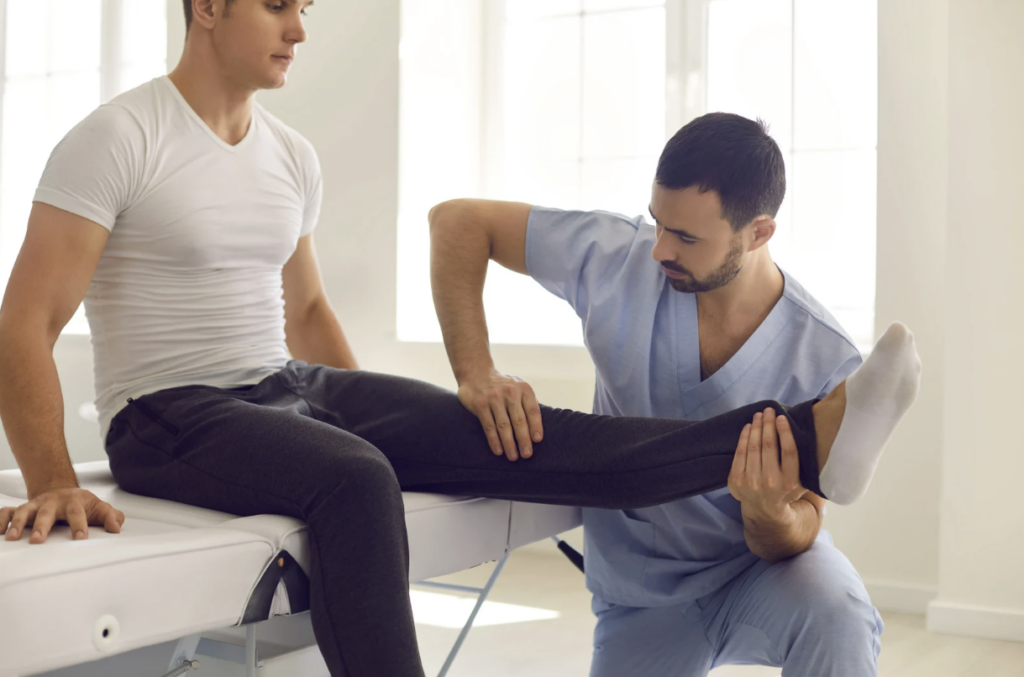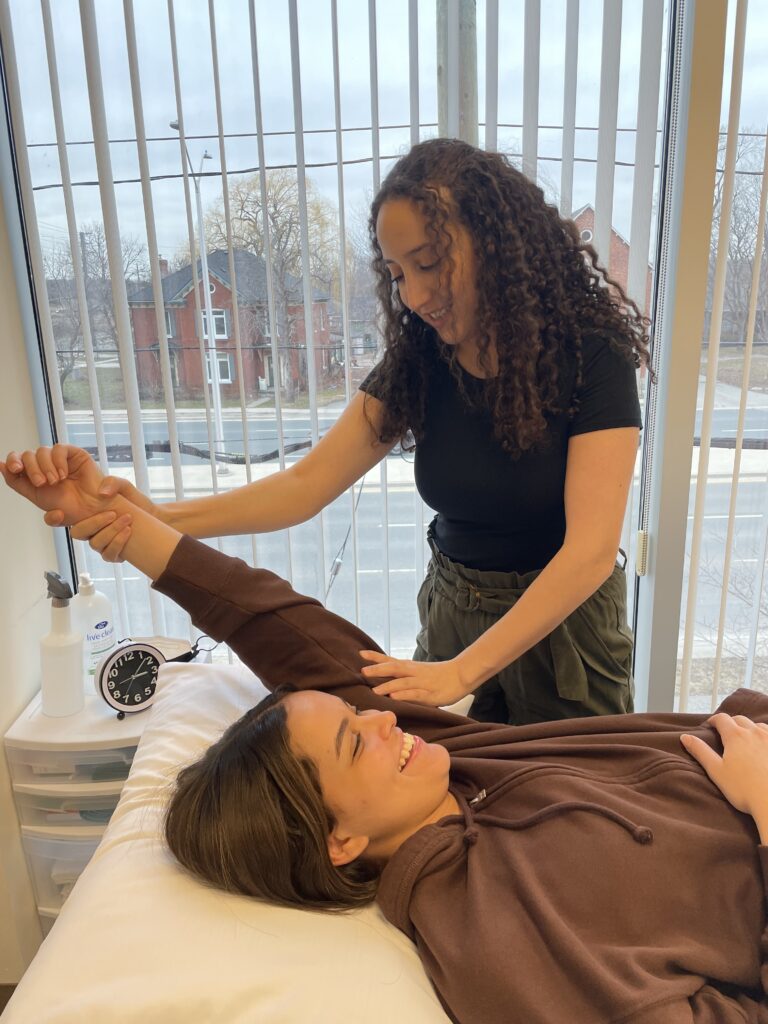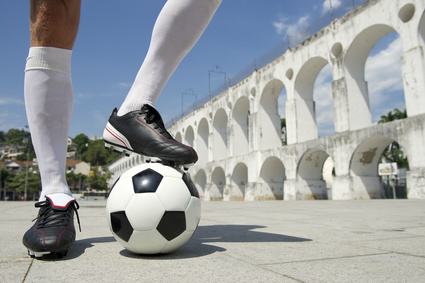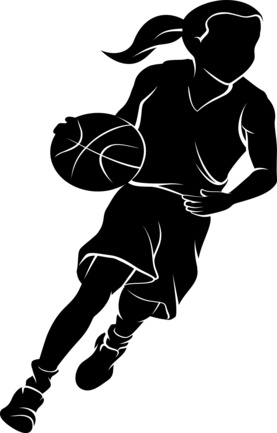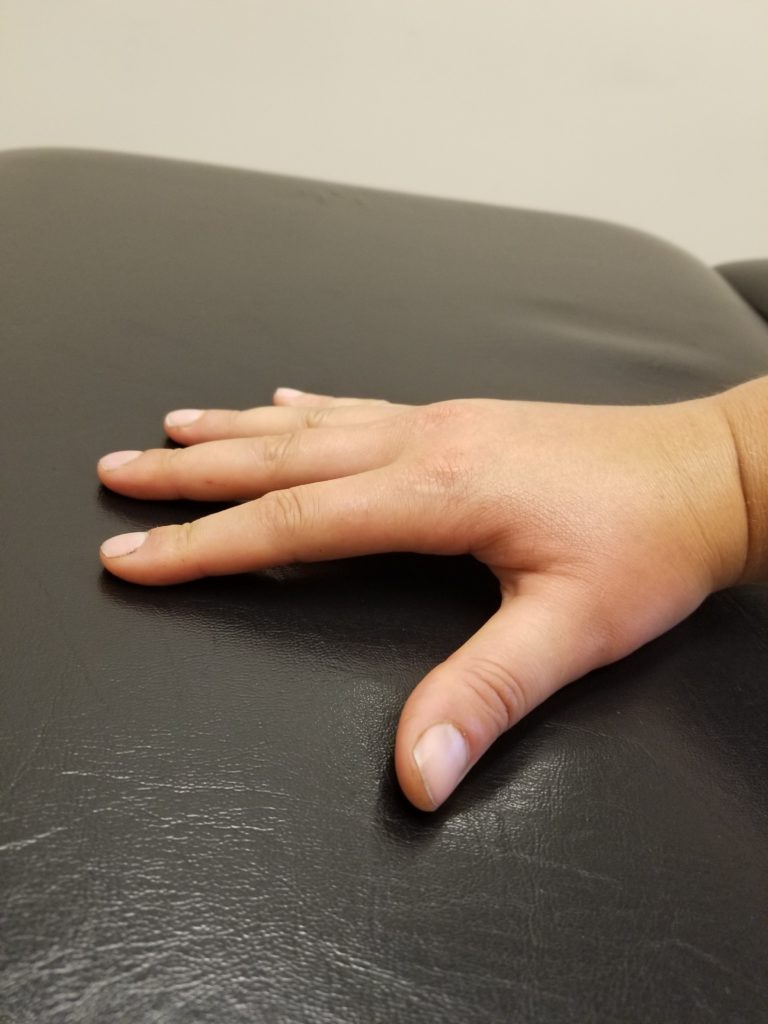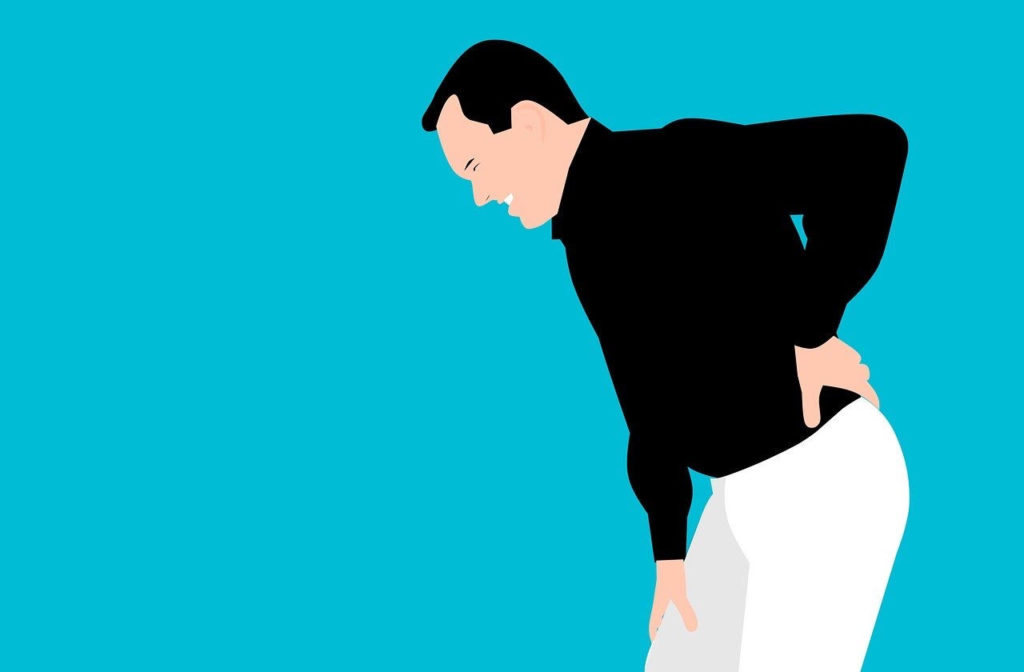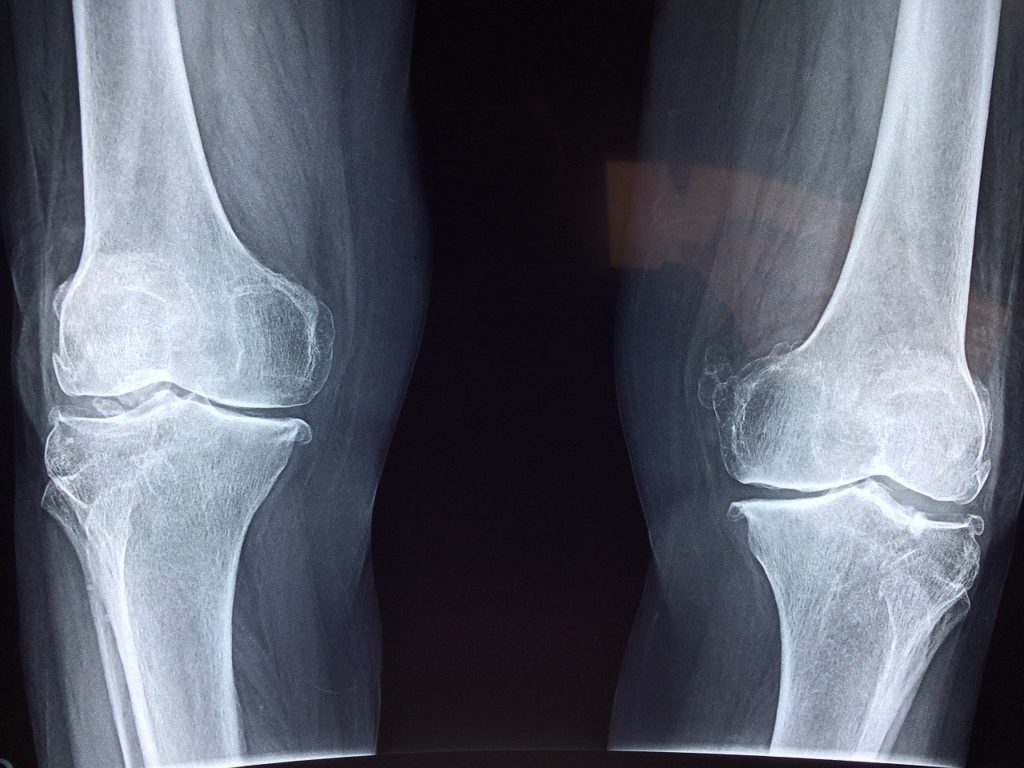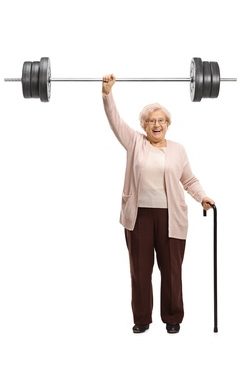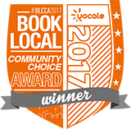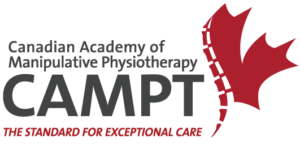Chances are, if you’ve had back pain or leg pain, you’ve heard the term Sciatica.
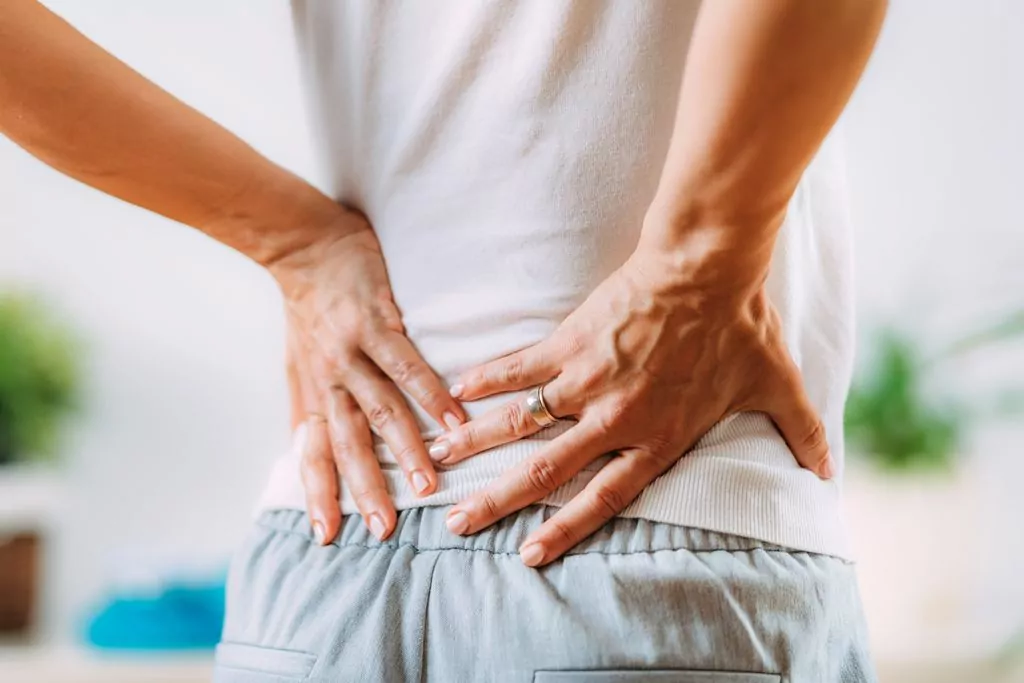
So what is it?
Sciatica refers to an injury to or compression of the Sciatic Nerve. This is a very large nerve that originates in the lower back and runs down the back of each leg.
To give a bit of background detail… nerves innervate our whole bodies, and via electrical impulses, provide both power to the muscles and sensation to the skin. When a nerve is injured or compressed, we can experience symptoms of pain, weakness, numbness, or tingling.
Symptoms of Sciatica:
Pain that can go down the back of the leg (from the gluts, down into the back of the thigh, into the calf, and into the top or sole of the foot)
Numbness along the same area
Weakness in the leg with certain movements (e.g., does your foot get caught tripping as you walk? Are you able to walk on your toes?)
Tingling along the same area
Causes of Sciatica?
Disc bulges or herniations in the lumbar spine (the disc can press on the nerve)
Spinal stenosis (the canal through which the Sciatic nerve travels has narrowed due to arthritic changes and that can cause pressure on the nerve)
Piriformis syndrome (muscles in the glut area can get tight and compress the nerve as well)
If you are experiencing any Sciatic symptoms and they are not improving/worsening after 2-3 days, then Physiotherapy can likely help!
We do a thorough assessment to find the source of the nerve compression and provide:
Manual therapy techniques to relax tight muscles and help the nerve glide more easily
Additionally, manual therapy techniques can help take the pressure off from disc bulge or herniation and improve joint mobility
Exercise therapy to strengthen the back and core, stretch the tight musculature, and glide the nerve more freely
There are exercises we can show you that also help take the pressure off the nerve if the compression is happening in the spine
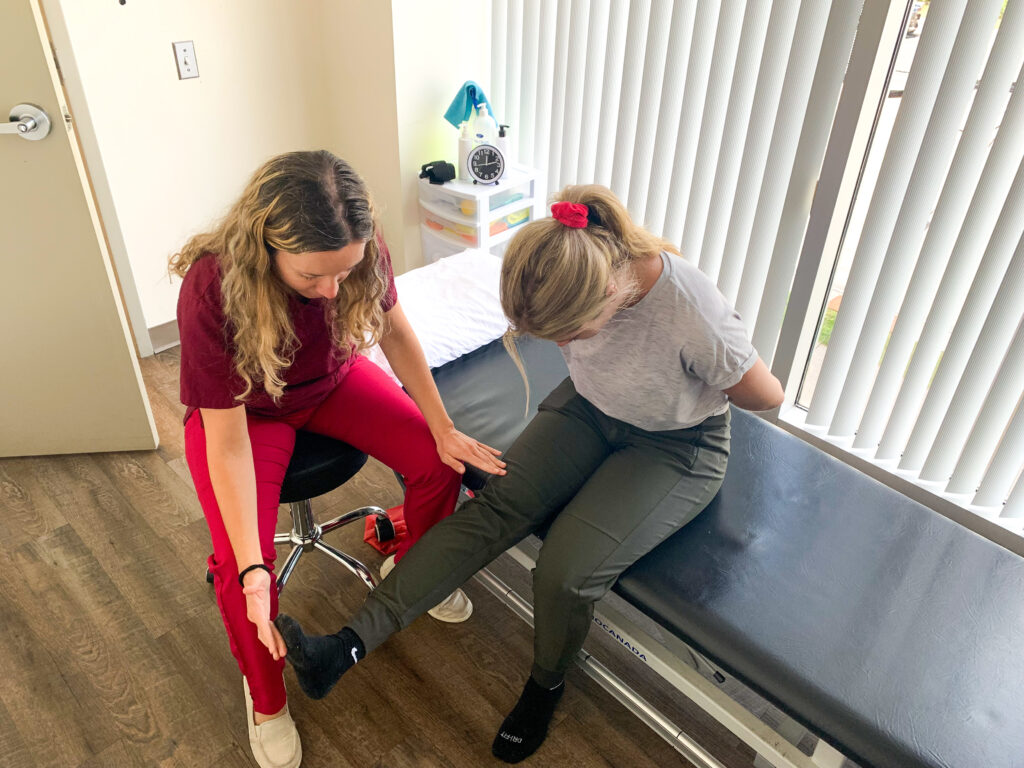
PT Kristina performing the slump test
If you’re not sure, you can always give us a call and ask one of our physiotherapists!
Other recommendations in the meantime:
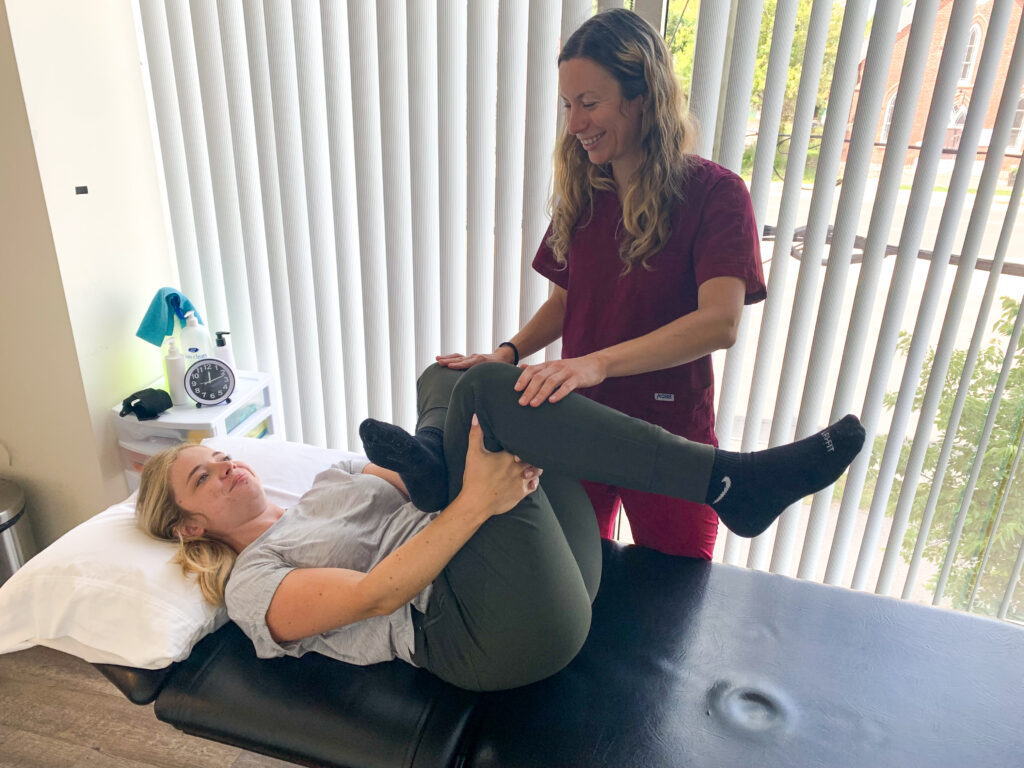
Performing gentle stretches like the image above can help relieve symptoms!
Try ice or heat on your back or gluts
Speak to your primary physician regarding pain management options
Avoid exclusive backrest
If you are doing any exercises that aggravate your symptoms, STOP them temporarily
Reduce your general activity i.e. “take it easy” for the first few days
Alternate positions (sit, stand, walk) rather than doing one for a prolonged time
Do not lift anything heavy, e.g. >20 lb, especially from the floor
Do not ignore this issue for weeks because it likely WILL get worse and it will then take longer to heal…
If you would like to learn more or book your initial physiotherapy assessment along with treatment, book your appointment now.

